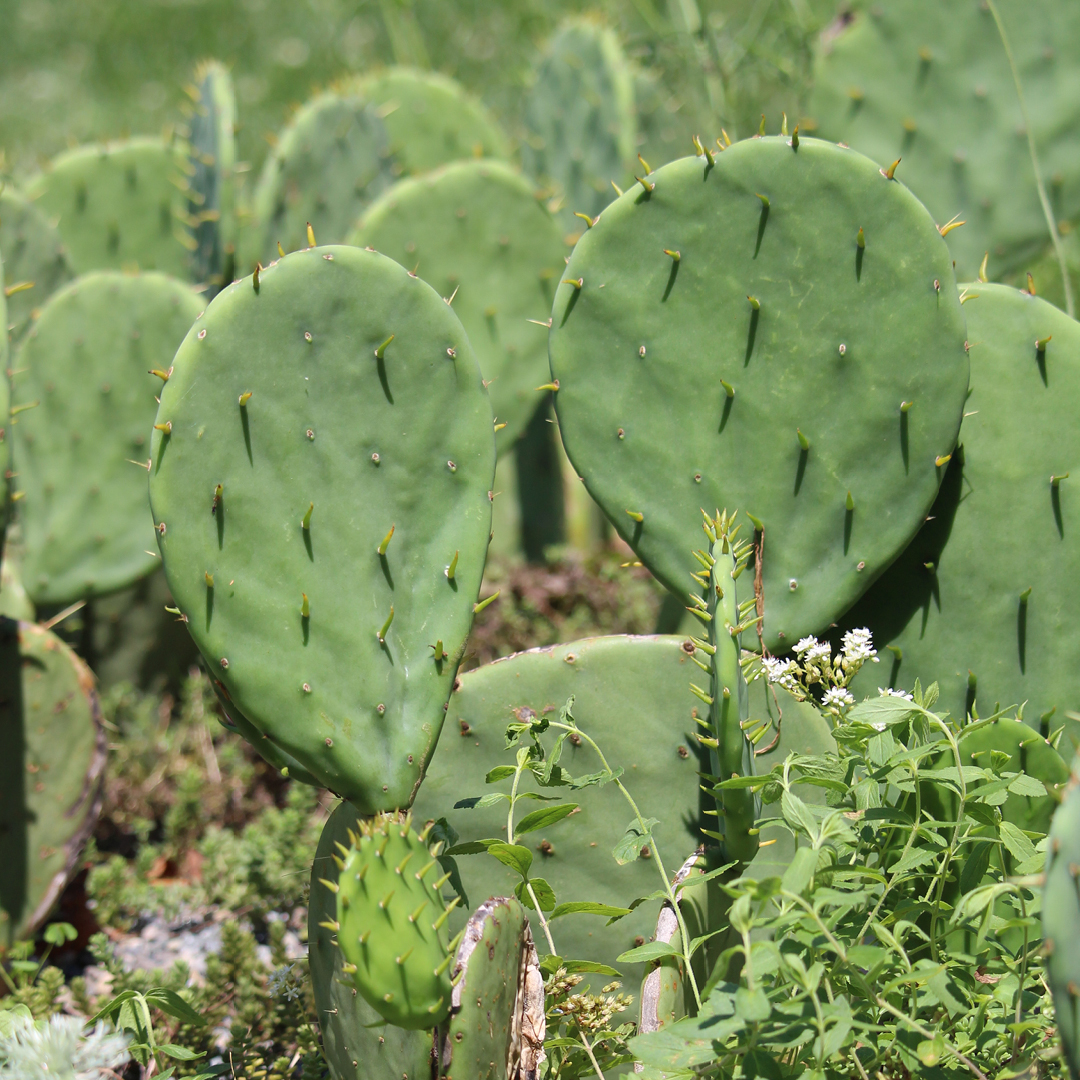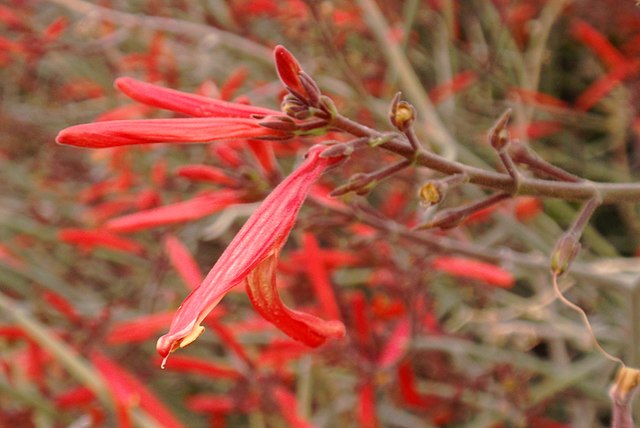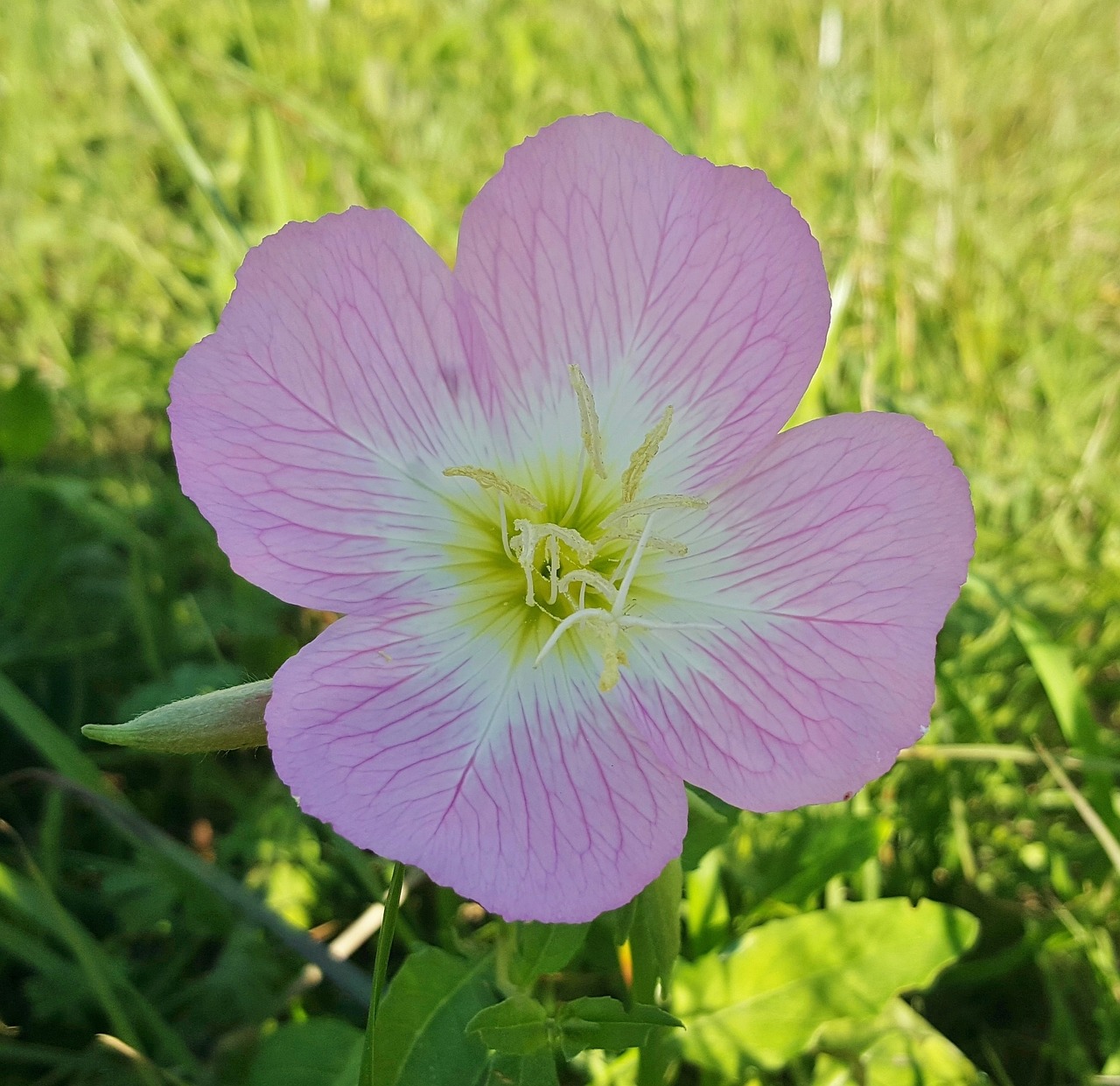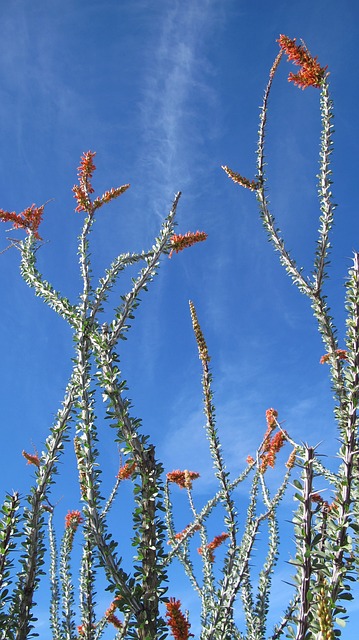Native plants are often the gold standard for conscientious and efficient landscaping due to their natural adaptability to a region. What plants are truly native to Tucson, however, and how can you best showcase them in your yard?
What Are Native Plants
Native plants are those that have evolved naturally in a given region, suited to the local soil, climate, temperatures, sunlight levels, and moisture, including seasonal changes. In Tucson’s 9a/9b Sonoran Desert hardiness zone, this means rocky, alkaline soil with a high clay content, average temperatures from lows in the mid 20s in winter to summer highs over 110F, 8-11 hours of sun per day depending on the season, and average precipitation of less than an inch per month, except in July and August when there may be two inches or more.
It is important to note that truly native plants are naturally found in Arizona. Other desert plants from around the world may still thrive in these conditions but aren’t actually “native” to Tucson and may still have invasive or undesirable qualities. Furthermore, only truly native plants will nurture local wildlife and pollinators – adapted to these plants as sources of food and shelter – and offer other benefits, such as limiting erosion and increasing local biodiversity.
Top 10 Plants for Native Landscaping in Tucson
There are many beautiful native plants you can add to your landscape in Tucson. Before choosing exact plants, be sure to consult with our Green Things experts about your exact soil type (a soil test can be beneficial), space availability, and design preferences. These favorites, however, can be beautiful additions to any Tucson yard.
- Prickly Pear Cactus (Opuntia spp.) – An iconic cactus in the region. There are many species available with some having particularly delicious fleshy, paddle-like leaves and sweet fruits that follow their, typically, yellow or pink flowers. Whether you eat the plant or just admire its beauty, it can be a showstopper in the yard.
- Velvet Mesquite (Prosopis velutina) – These tall shade trees can grow up to 50 feet in height, making them ideal for providing shade even to two-story homes. Even better is that these trees lose their leaves in winter, allowing you to enjoy winter sun after summer shade.
- Chuparosa (Justicia californica) – These medium size shrubs not only revel in sun and reflected heat but also produce delicate, tubular red flowers spring through fall. Not only are they tough as nails but their flowers are hummingbird magnets.
- Arizona Rosewood (Vauquelinia californica)– This slow-growing shrub can grow up to 20 feet tall, making it a great choice as a screen or border. They are virtually maintenance free and not poisonous, unlike oleander. The creamy white flowers are a favorite for local pollinators.
- Pink Muhly Grass (Muhlenbergia capilaris) – For stunning ornamental grass, pink muhly grass is an outstanding native choice. The clumping growth habit creates mounds 3 feet wide, and the pink flower plumes will rise high above the grass with colorful showiness.
- Mexican Evening Primrose (Oenothera speciosa)– This showy groundcover requires soil with good drainage. This plant will grow to around 1′ tall and 3′ wide. feet tall with beautiful, large, light pink flowers. These plants do well in part-shade or full sun, making them versatile throughout the yard.
- Angelita Daisy (Tetraneuris acaulis) – For smaller spaces, the angelita daisy adds long-lasting, nearly year round blooms. Delicate yellow flowers dance above the grassy leaves of the plant that only gets about 12″ tall and 12″ – 18″ wide making it ideal for tighter spaces or rock gardens.
- Palo Blanco (Acacia willardiana)– This delicate weeping tree with its paper-like, peeling bark is an eye-catching addition to the landscape, whether it is used as a single focal point or several are planted together as a grove or border.
- Ocachui Agave (Agave ocachui) – This smaller growing agave has attractive, thin dark green leaves in a tight symmetrical rosette. They are extremely versatile and can tolerate some of the hottest reflected heat places. Ocachui agave is also one of the parents of the popular hybrid Agave Blue Glow and it’s easy to see where they get their good looks from.
- Ocotillo – A perennial succulent with bold red-orange flowers from February through May, this classic desert showstopper has upright, spiny growth that can attract hummingbirds from miles around. It does require good drainage to reach its full potential.
While these plants are all great choices, Green Things has many more native options that can be beautiful additions to your landscape. Always be mindful that even while native plants are hardy and adapted to the area, each plant still has its individual needs, and you should choose carefully to be sure plants will thrive in your yard.

 Image by: Wiki Commons
Image by: Wiki Commons

 Image by: Wiki Commons
Image by: Wiki Commons
